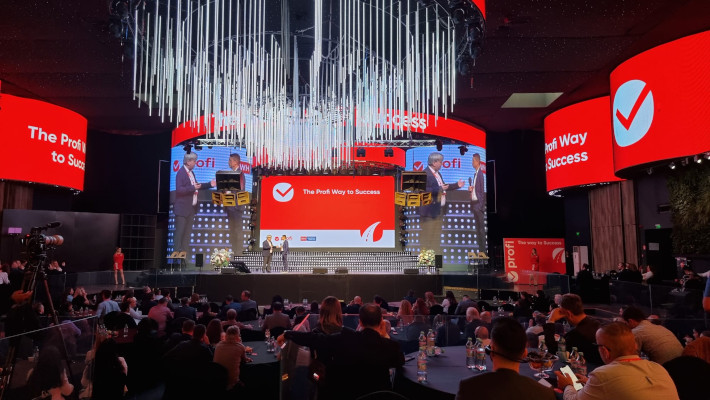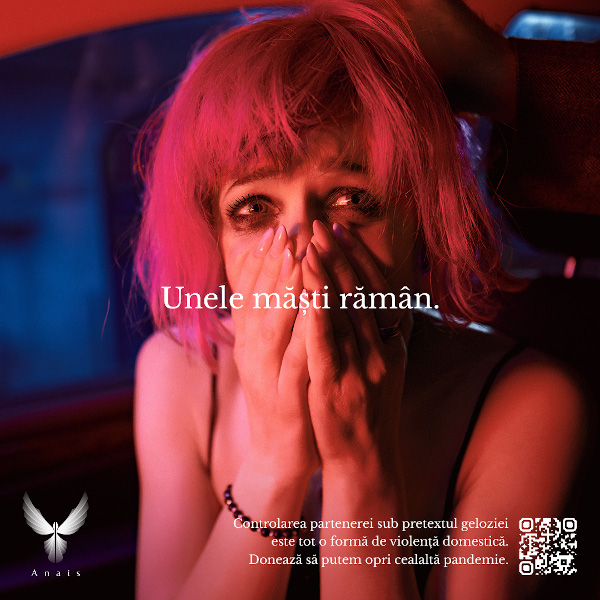History
The ABSOLUT story began long before its introduction in the United States in 1979 and can be read on every bottle: “This superb vodka was distilled from grain grown in the rich fields of southern Sweden. It has been produced at the famous old distilleries near Åhus in accordance with more than 400 years of Swedish tradition. Vodka has been sold under the name ABSOLUT since 1879.”
The face of Lars Olsson Smith, “the king of Vodka” and the inventor of ABSOLUT, appears on the medallion of every bottle of ABSOLUT. Orphaned at birth in 1836 Olsson Smith was adopted and taken to Stockholm at the age of nine. Even then, he had a head for business and soon knew what he wanted to do. In 1850, at age 14, Olsson Smith already controlled one-third of all the vodka sold in Sweden.
In 1879, Olsson Smith registered the ABSOLUT trademark with his “Absolut Rent Brännvin” (Absolutely Pure Vodka). With this product, he introduced a superior way of distilling vodka: the revolutionary continuous distillation process. ABSOLUT is still distilled through this process, although it has been further developed.
Since its introduction to the U.S. market, ABSOLUT has extended its lineup of flavored liquors to include ABSOLUT PEPPAR (1986), ABSOLUT CITRON (1988), ABSOLUT KURANT (1992), ABSOLUT MANDRIN (1999), and ABSOLUT VANILIA (2003).
Product
The ABSOLUT brand, as well as the production facilities, are owned by the country of Sweden, a country of 9 million people that has produced vodka for centuries. When producing high-quality vodka, several factors must be considered. The raw material for ABSOLUT, Swedish winter wheat and water, must be of superior quality, and the producer must maintain full control of the production process.
ABSOLUT defines its approach to production as One Source. One Source is Åhus, the tiny picturesque town in southern Sweden, near the birthplace of Lars Olsson Smith, where every drop of ABSOLUT is produced. To ensure its consistent high quality, all of the winter wheat comes from the nearby fields in Skane, and the water is from an ABSOLUT-owned well, deep in pristine subterranean aquifers.
Producing its vodka in one location using local raw materials gives ABSOLUT complete control over all stages of production and ensures that every drop in the 500,000 bottles of ABSOLUT produced daily meets its high quality standards.
The continuous distillation process — the revolutionary distillation method that Olsson Smith used to produce “Absolut Rent Brännvin” — also ensures that ABSOLUT achieves its quality. Continuous distillation furnishes a superior way to remove impurities in vodka while maintaining the character of the raw material from which it is made. For ABSOLUT the winter wheat gives the vodka its character.
Aside from the superior vodka, another attribute makes each bottle uniquely ABSOLUT: the bottle.
Before its U.S. launch, ABSOLUT officials sought a bottle which underscored that ABSOLUT stood for something different. In the development stage for the new design, nothing was sacred, not even the name ABSOLUT.
Several creative approaches emerged. Among those rejected were “Swedish Black Vodka,” with a label that featured a Viking poised to conquer the world; a bottle with Russian symbols; and “Country of Sweden Vodka,” in a paper bag decorated with pictures of Sweden. The final inspiration — the shape of a traditional Swedish medicine bottle — was found in an antique store in the Old Town of Stockholm.
To the untrained eye, today’s bottle looks the same as it did in 1979. However, some barely perceptible changes have been made. If you compare a bottle from 1979 with one from 2004, for instance, you will notice that the cap is a little higher and the typography has a heavier stroke.




